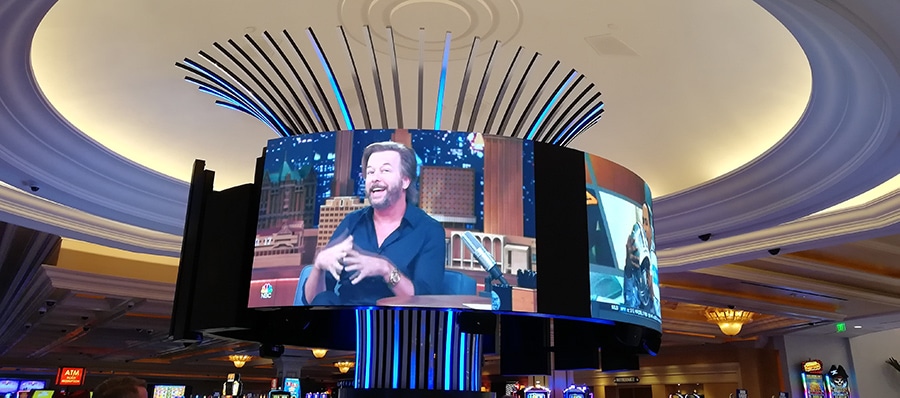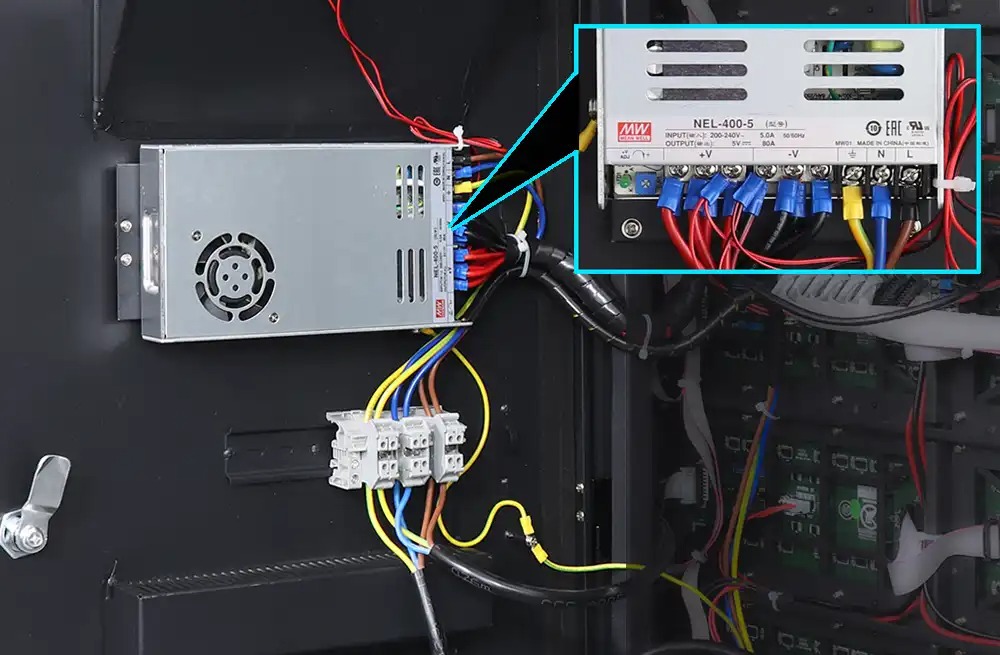During the assembly and commissioning of a flexible LED screen, there are a number of key aspects that need to be taken care of to ensure optimum performance and long-lasting use of the screen. Here are some easy-to-follow instructions to help you successfully complete the installation and commissioning of your flexible LED screen.
1. Handling and transportation
Fragility: Flexible LED screen is very fragile and easily damaged by improper handling.
Protective measures: Use protective packaging and cushioning materials during transportation.
Avoid excessive bending: Despite the flexibility of the screen, excessive bending or folding will damage the internal components.

2. Installation environment
Surface preparation: Make sure the surface on which the flexible LED screen is installed is smooth, clean and free of debris. This is especially important for stage LED screen and indoor LED display, because the different installation environment will directly affect the display effect.
Environmental conditions: Pay attention to factors such as temperature, humidity and direct sunlight, which can affect the performance and life of the flexible LED screen.
Structural Integrity: Check if the mounting structure can support the weight and shape of the flexible LED screen.

3. Electrical connection
Power supply: Use a stable and sufficient power supply to avoid voltage fluctuations that may cause damage to the flexible LED screen.
Wiring and connectors: Ensure that all electrical connections are secure and use high-quality connectors to prevent loosening and short-circuiting. This is especially critical for rental LED display, as frequent disassembly and installation will increase the risk of loose connectors.
Grounding: Properly grounded to prevent damage to the flexible LED screen caused by electrical interference and electrostatic discharge.

4. Mechanical assembly
Alignment& fixation: properly align and firmly fix the flexible LED screen to avoid offset and movement.
Support structure: Use appropriate support structure that can accommodate the flexibility of the flexible LED screen and also provide stability.
Cable Management: Organize and secure cables to prevent damage and ensure a tidy installation.
5. Calibration and adjustment
Brightness and Color Calibration: calibrate the brightness and color of the flexible LED screen to ensure a uniform display.
Pixel Calibration: Perform pixel calibration to resolve any dead spots or stuck pixels.
Uniformity Check: Ensure that the brightness and color of the entire flexible LED screen is uniform.
6. Software and control systems
Configure control software: Properly configure the control software to manage the display settings of the flexible LED screen, including resolution, refresh rate and content playback.
Firmware Update: Ensure that the firmware of the flexible LED screen is the latest version to enjoy the latest features and improvements.
Content Management: Use a reliable content management system to efficiently schedule and control the display content of the flexible LED screen.

7. Testing and commissioning
Initial test: after assembly, conduct a comprehensive test to check if there are any defects or problems with the flexible LED screen.
Signal test: Test the signal transmission to ensure there is no interruption or quality degradation.
Function Test: Test all functions, including brightness adjustment, color settings, and interactive functions (if applicable).
8. Security measures
Electrical Safety: Ensure that all electrical installations comply with safety standards to prevent accidents.
Fire safety: Install fire safety measures especially when installing flexible LED screens in public areas.
Structural safety: Confirm that the installation can withstand environmental stresses such as wind or vibration.
9. Maintenance and support
Regular Maintenance: Establish a regular maintenance program to clean and inspect the flexible LED screen on a regular basis.
Technical Support: Ensure access to technical support for troubleshooting and repair.
Spare parts inventory: Maintain a certain stock of spare parts for quick replacement in case of component failure.
10. Conclusion
Paying attention to the above key points when assembling and commissioning flexible LED screens can ensure their reliability and efficient operation. Whether it is a stage LED display, indoor LED display or rental LED display, following these guidelines will help you realize the best display effect and prolong the service life of the equipment.
If you want to know more about LED display expertise, please contact us.
Post time: Jun-24-2024

